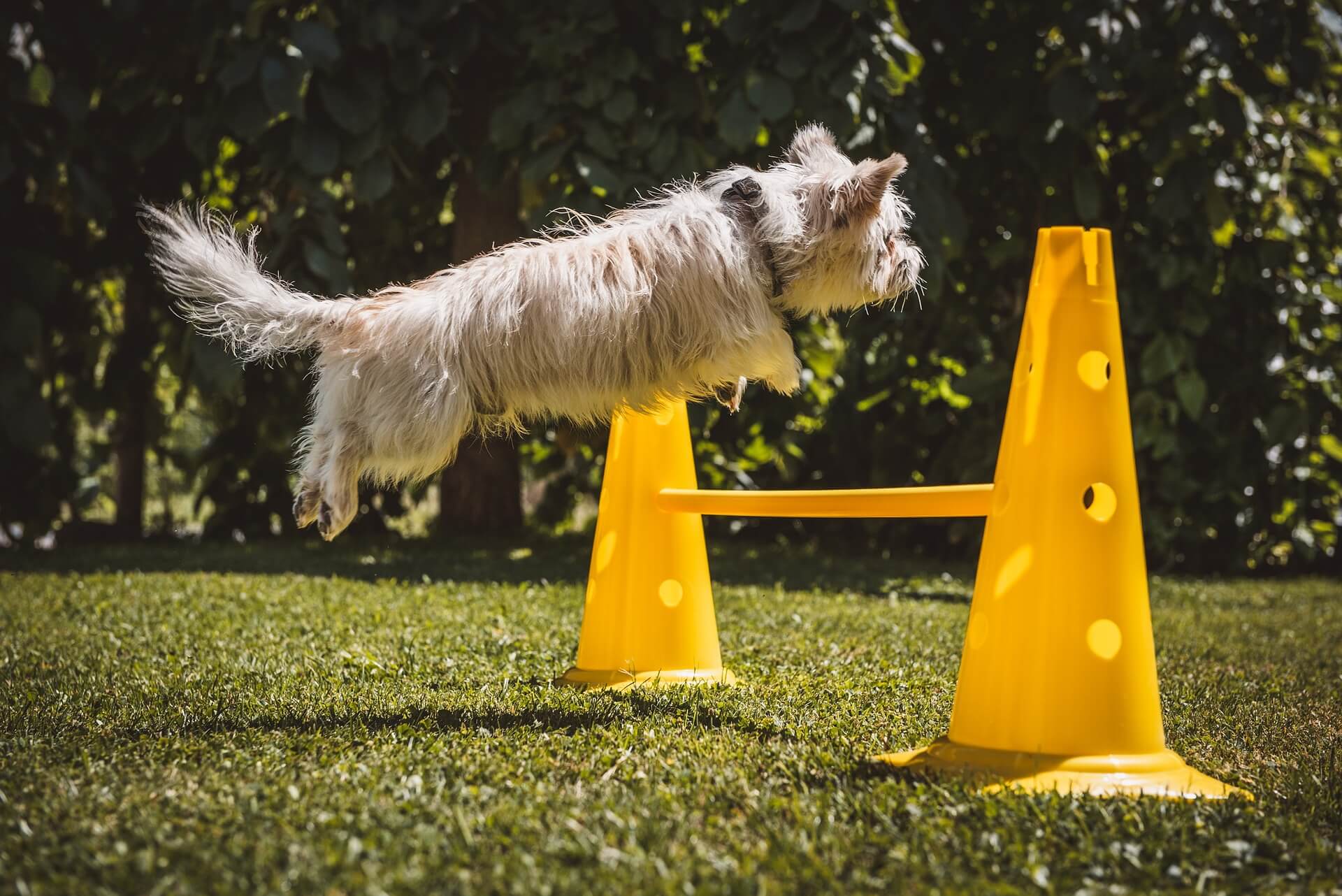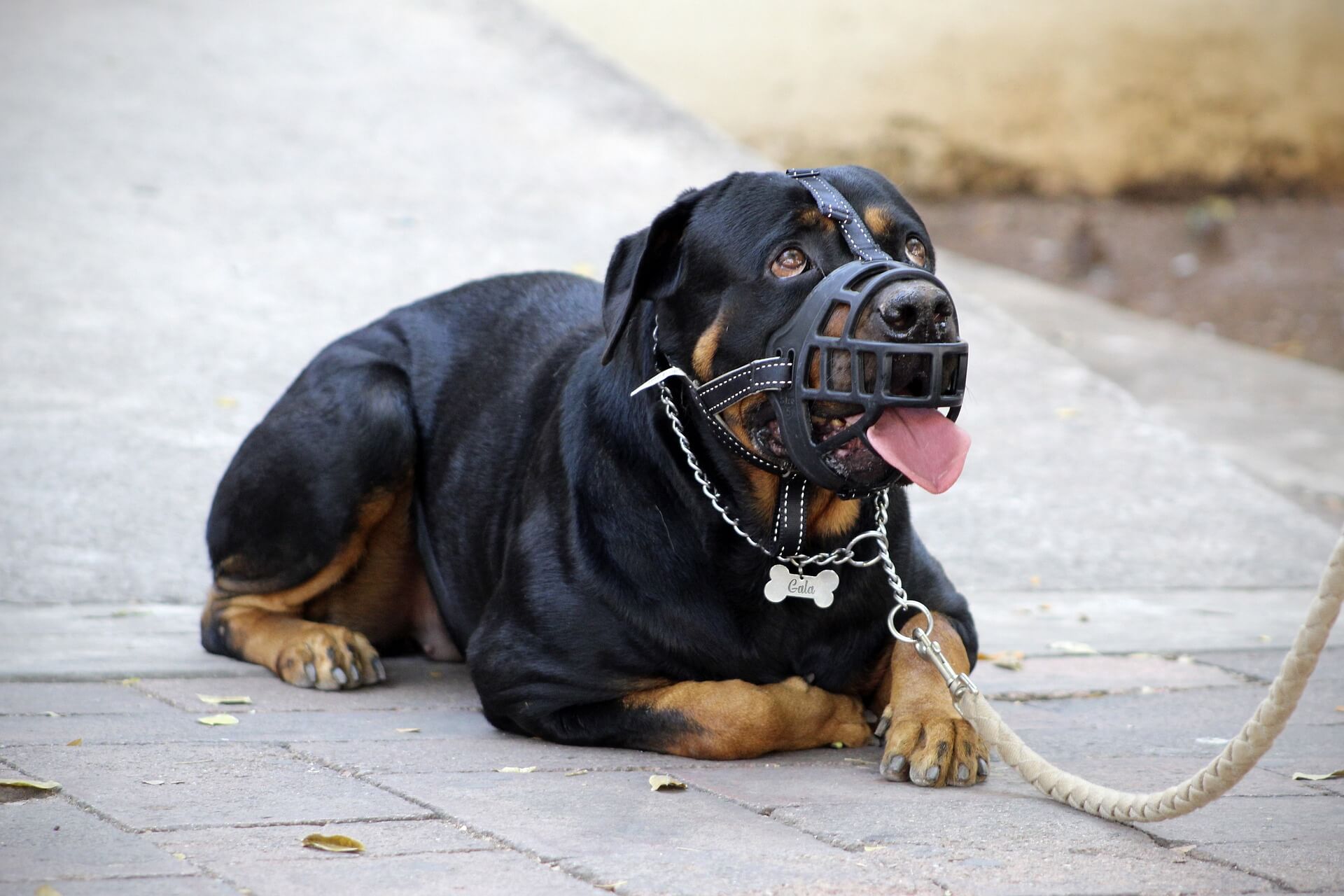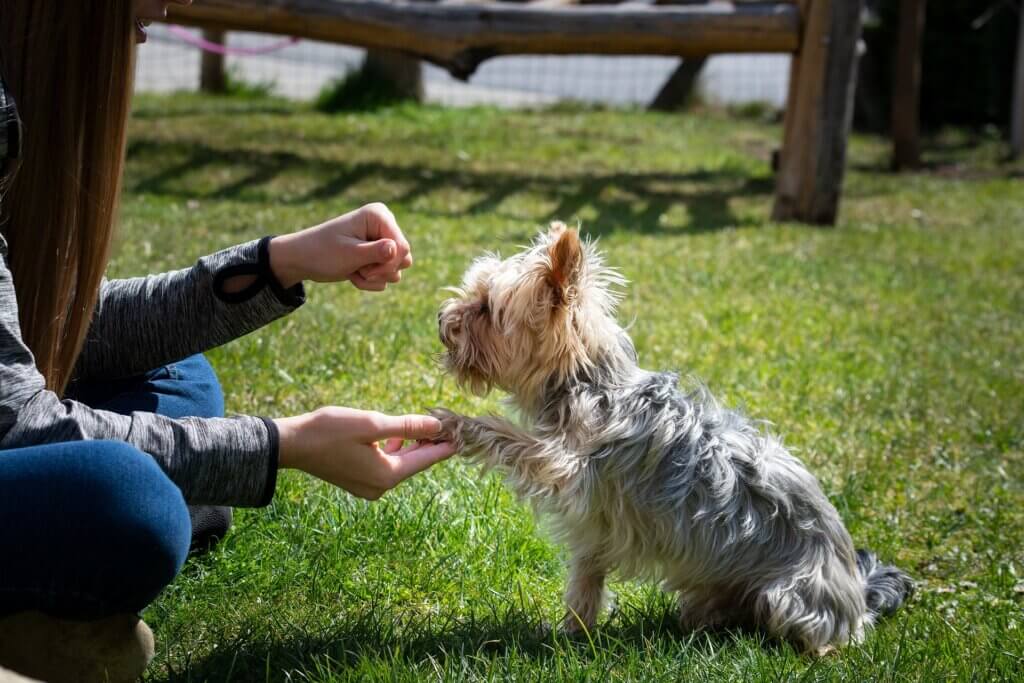How to Train a Dog That is Not Food-Motivated:
Training a dog without the lure of treats may seem challenging initially, but it opens up possibilities for innovative and effective training strategies. For dogs who aren’t motivated by food, identifying and utilizing alternative rewards such as toys, praise, and affection can lead to a rewarding training experience.
How to Train a Dog That is Not Food-Motivated: Identifying Alternative Rewards
Please keep your dog’s focus sharp with brief training periods that incorporate their favorite games or toys as rewards. Celebrate successful commands or behaviors with playtime, reinforcing positive associations.
Use Clicker Training for Immediate Feedback
Clicker training offers instant acknowledgment of your dog’s correct actions, making it valuable for dogs less motivated by food. Pairing the clicker’s sound with a preferred reward communicates to your dog that they’re on the right track.
Capitalize on Social Rewards
Positive verbal feedback and affectionate physical contact are potent incentives for dogs. Celebrate successes with generous praise and cuddles, reinforcing good behavior and strengthening your bond.
Recognize Each Dog’s Unique Preferences
Please pay attention to what excites your dog the most, whether it’s a specific toy, quality time with you, or verbal commendation. Tailor your training approach to their preferences to keep them engaged and motivated.
Keep Training Fun and Stimulating
Training needs to be engaging for dogs that are not motivated by food. Turn sessions into playful bonding time, ensuring your dog associates learning with enjoyment.
Deepening Your Bond Through Training
By focusing on unique motivations and making each session enjoyable, you create a positive learning environment that both you and your dog will look forward to. Patience and consistency are crucial to exploring what works best for your pet.
Exploring Beyond Food
Instead of relying solely on food as a reinforcement, tapping into different rewards based on individual preferences deepens the understanding and connection between dog and owner.
Considerations for Non-Food-Motivated Dogs
Incorporating breaks into training sessions and paying close attention to your dog’s energy levels and body language can prevent them from becoming overwhelmed or disengaged.
Balancing Rewards
While food can be a powerful motivator, overreliance on delicacies may result in overindulgence and possible health issues. It’s essential to strike a balance and use food as just one tool in a toolbox of rewards.
Conclusion
Training a non-food-motivated dog requires creativity and experimentation but presents an opportunity to strengthen the bond between you and your pet. By exploring alternative forms of reinforcement and making training sessions fun and engaging, you can build a strong relationship with your furry companion while teaching them valuable skills and behaviors. Remember to be patient and consistent, celebrating each small success. Happy training!
What do I do if my dog needs to be food-motivated?

If your dog isn’t motivated by food, don’t worry! Stay patient and observant to discover what else excites them. Please pay attention to their favorite toys, games, or expressions of affection like petting or praise.
Finding Substitute Benefits
Once you’ve found your dog’s values, use these as rewards during training sessions. To make training enjoyable, keep sessions short, fun, and positive, and always end on a high note.
Maintaining Fun and Engaging Training
Vary the rewards you use during training to keep your dog interested and motivated. This will help keep them engaged and eager to learn.
Embracing the Challenge
Training a dog who isn’t motivated by food may require thinking outside the box, but it’s also a chance to bond in new and meaningful ways. Embrace the challenge and have fun discovering what motivates your furry friend!
Conclusion:
Having a non-food-motivated dog can be challenging but also an opportunity to strengthen your bond. By understanding their preferences, incorporating breaks, and avoiding overreliance on treats, you can succeed in training while deepening your connection. Remember to stay patient and observant, and enjoy discovering what functions are most significant for your dog.
How do you train a food-obsessed dog?

Training a food-obsessed dog can seem like a double-edged sword. On the one hand, you have a highly motivated learner eager for the next treat. Conversely, you may need help ensuring your furry friend focuses on the training lessons, not just the snacks. However, with the right strategies, you can harness this passion for food to achieve remarkable training outcomes while maintaining a healthy and balanced diet.
Firstly, consider the quality and size of the treats. Opt for healthy, low-calorie options, and keep them small. This approach allows for frequent rewards without the risk of overfeeding. High-value treats should be saved for learning new commands or training in environments with high distractions.
Incorporate a variety of rewards. Although food is a powerful motivator, integrating playtime, affection, or a favorite toy into the reward system can provide a well-rounded training experience. This diversification helps keep your dog engaged and not solely food-driven.
Set clear boundaries and be consistent. Training sessions should have a defined start and end, signaling to your dog when to focus on learning rather than mealtime. Use commands like “done” to indicate the end of food rewards for that session.
It is crucial to teach impulse control through “leave it” or “wait” commands. These commands help food-obsessed dogs learn to control their urges, making training sessions more productive and ensuring their safety around food.
Lastly, incorporate training into mealtimes. Use part of your dog’s meal portion as training treats, or feed them through interactive toys and puzzles. This method satiates their food appetite and hunger for mental stimulation and learning.
Recall that in training, persistence, and patience are essential. A food-obsessed dog. By redirecting their enthusiasm for food into a focus for training, you promote good behavior and forge a stronger bond with your furry companion. Happy training!
How do dogs learn discipline?

Understanding how dogs learn discipline is crucial for any effective training regimen. At their core, dogs learn through conditioning and reinforcement, which shapes their behavior over time.
Positive Reinforcement: The Key to Discipline
Positive reinforcement involves rewarding desired behaviors, increasing the likelihood of repeated behaviors. Dogs are likelier to repeat an action that earns them praise, treats, or playtime. This method promotes discipline and strengthens the dog’s and its owner’s bond.
Consistency is Crucial
Consistency in commands, rewards, and consequences helps dogs understand what is expected of them. Using the exact words for commands and providing rewards promptly after the desired behavior is crucial for effective learning.
Understanding and Patience
Patience is necessary, as all dogs learn at their own pace. Understanding that setbacks will occur and maintaining a calm and patient demeanor helps prevent frustration.
The Role of Socialization
Socialization plays a significant role in a dog’s discipline. Early exposure to different environments, people, and other dogs teaches appropriate behaviors and helps mitigate fear and aggression.
Limitations and Boundaries
Establishing clear limitations and boundaries is part of teaching discipline. It helps dogs understand their environment and what is expected of them, providing a sense of security and structure.
Engagement and Mental Stimulation
Engaging activities and mental stimulation are vital. They keep the training sessions exciting and ensure the dog’s mind is actively involved in learning, making discipline easier to instill.
By combining these elements, teaching discipline becomes a rewarding process that benefits both the dog and the owner, leading to a harmonious and respectful relationship. Stay tuned to our platform for deeper insight and more tips on canine training.
Do dogs eat more when sad?
Understanding Emotional Eating in Canines
It’s common knowledge that emotions can significantly influence eating habits in people. Does this also hold for our dog friends, though? Do dogs eat more when they are sad or upset? This intriguing question warrants a closer look into canine behavior and emotional health.
Recent studies and observations suggest that, like humans, dogs can also exhibit changes in their eating habits in response to their emotional states. Sadness, stress, or anxiety can increase or decrease appetite, varying from one dog to another. Some dogs might turn to food for comfort, eating more than usual when feeling down or stressed. This behavior is often termed ’emotional eating.’
However, it’s crucial to understand that changes in a dog’s eating habits can also indicate health issues. Therefore, it’s essential to observe your dog’s overall behavior and see a veterinarian if you observe any sudden changes in appetite.
Fostering a stable and happy environment is vital to addressing emotional eating in dogs. Regular exercise, mental stimulation, and affection can significantly help improve your dog’s emotional health. Maintaining a structured feeding schedule and not using food as the primary comfort means are essential strategies.
Further research and consultation with canine behaviorists can offer valuable insights for those looking to deepen their understanding of canine emotional health and how it affects eating habits. Recognizing the signs of emotional distress in dogs and improving their well-being can lead to a happier, healthier life together.
By exploring the connection between emotions and eating habits in dogs, we gain insight into their well-being and enhance our relationship with our canine friends. Stay tuned for more insightful dog behavior and emotional health articles on our platform.
FAQS
Do dogs learn to beg for food?
Yes, dogs can learn to beg for food due to conditioning; if they receive food from humans during meal times, they will likely repeat the behavior.
Is it okay to ignore dog whining?
Ignoring dog whining can be effective in discouraging attention-seeking behavior, but it’s essential first to ensure that the whining isn’t due to discomfort, need for the restroom,
What is the quickest way to discipline a dog?
The quickest way to discipline a dog is to consistently use verbal commands and positive reinforcement for desired behaviors. This ensures clarity and effectiveness in training.
You May Also Like:

